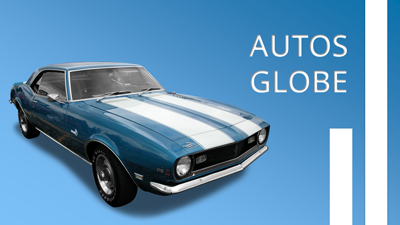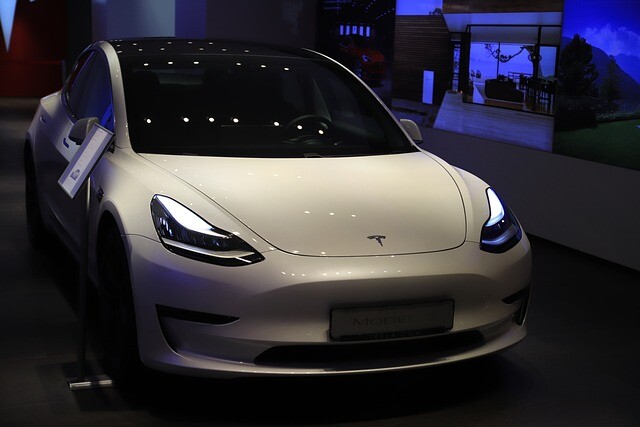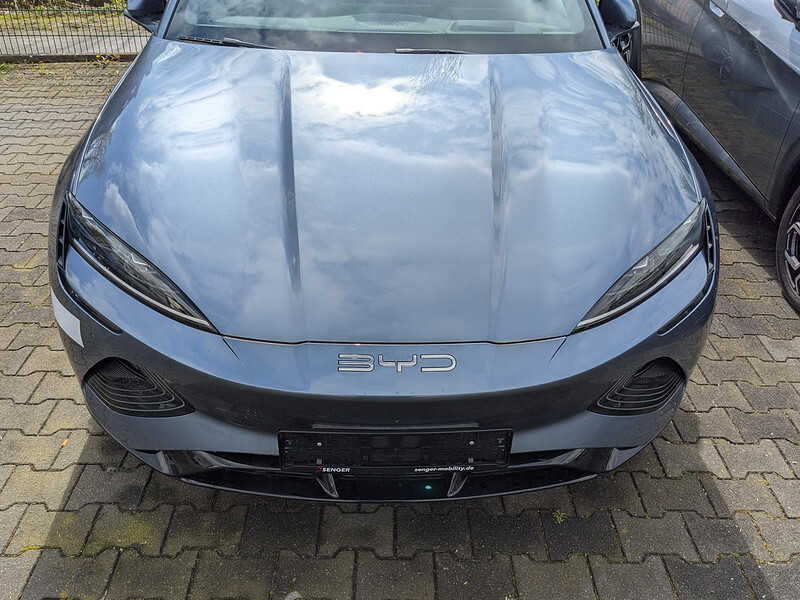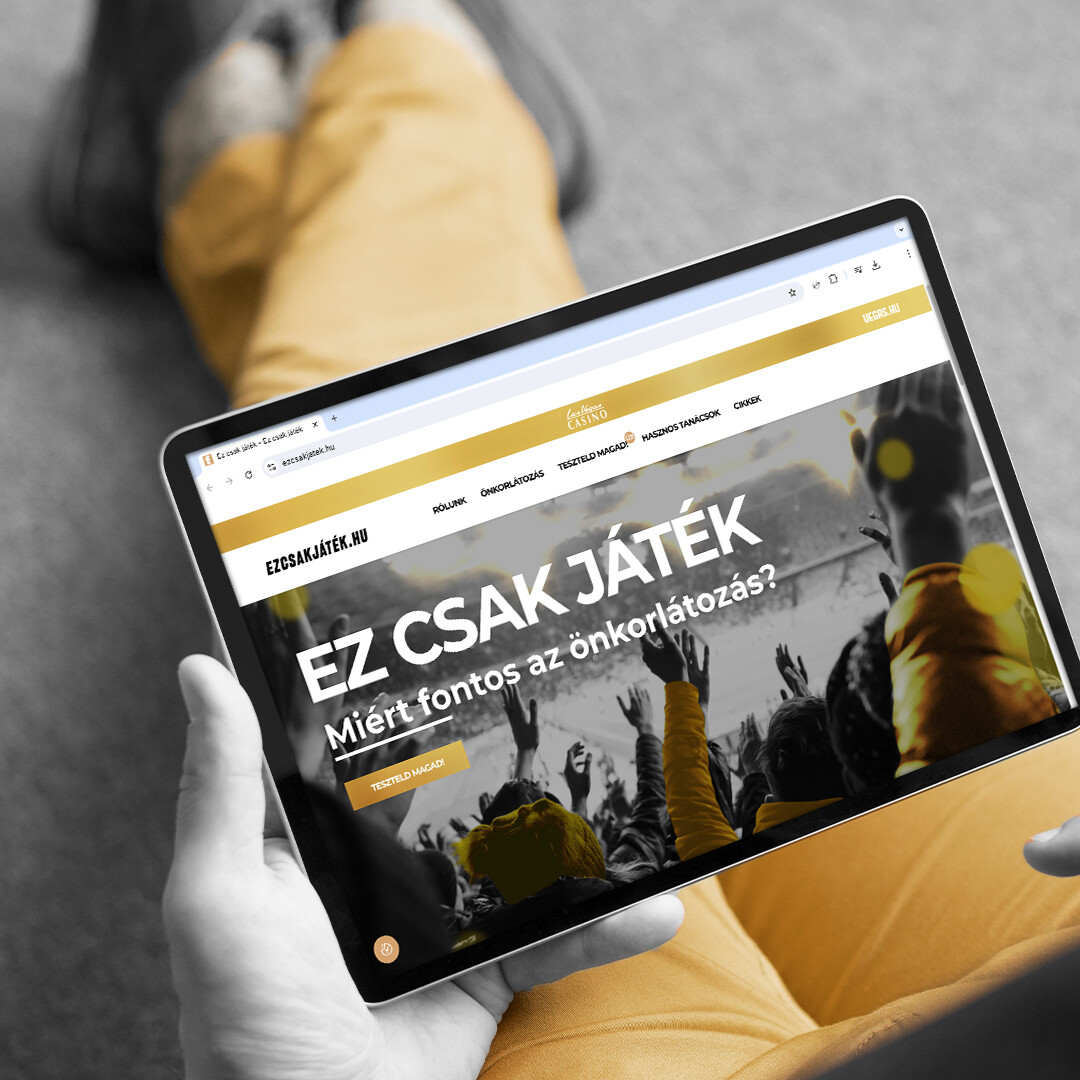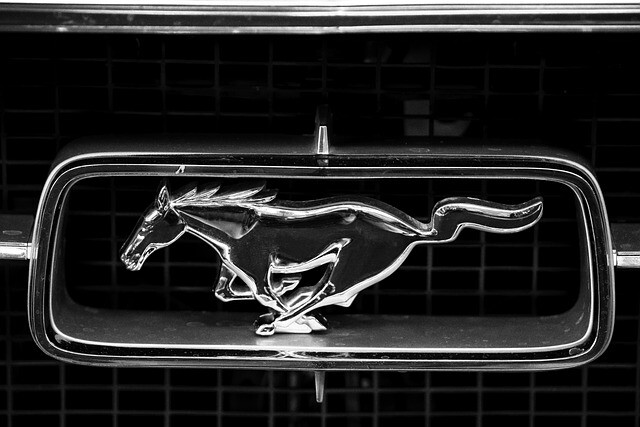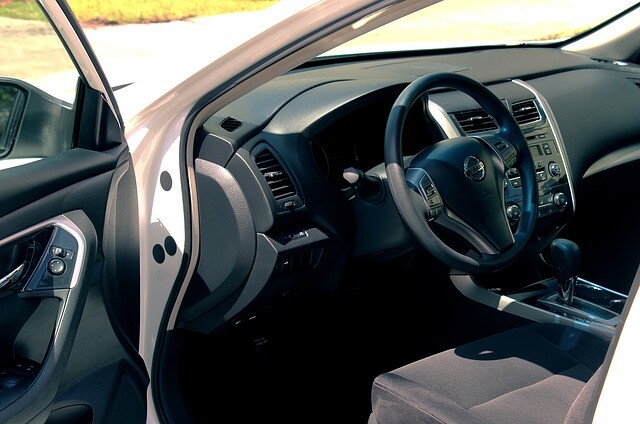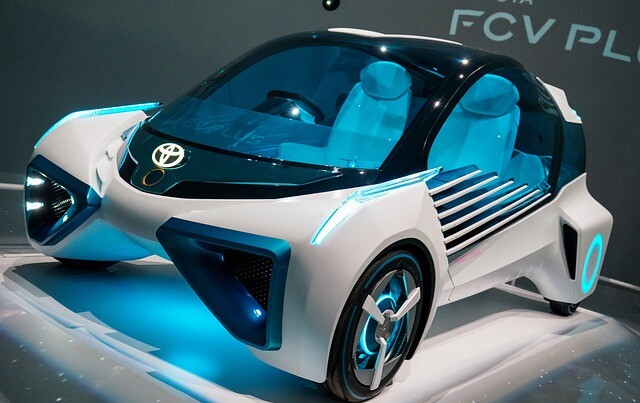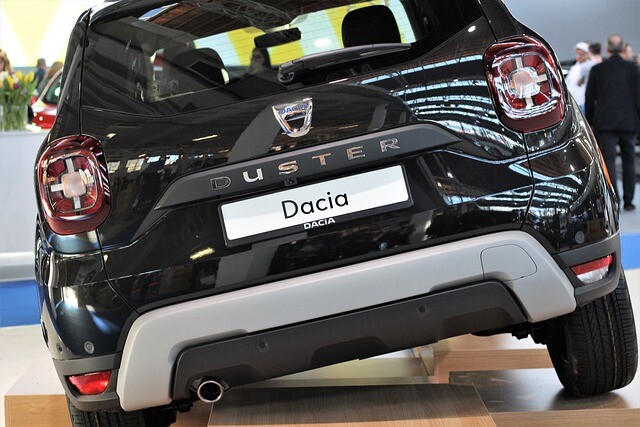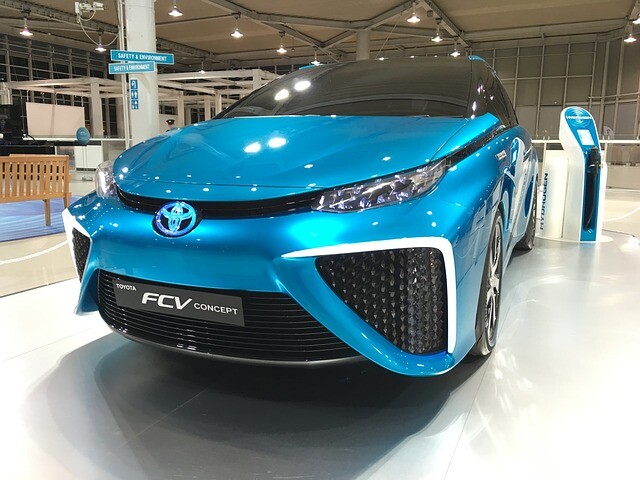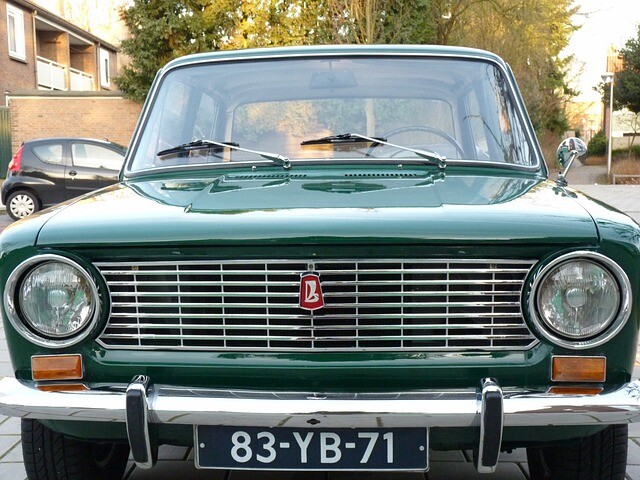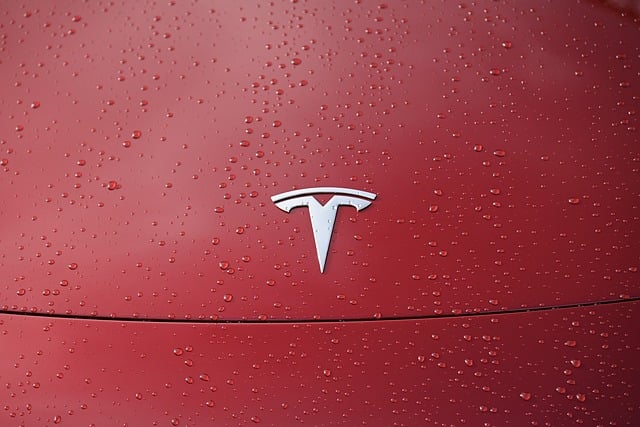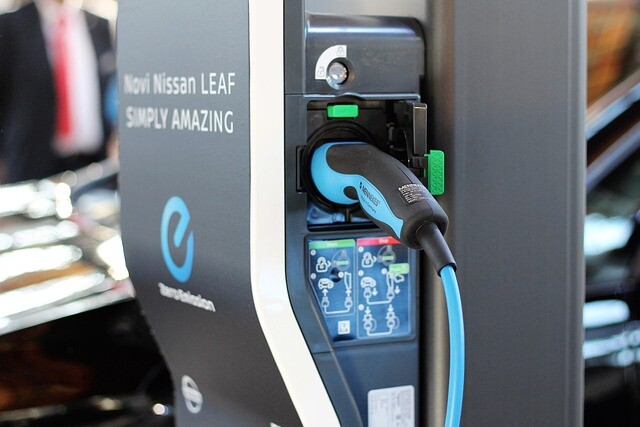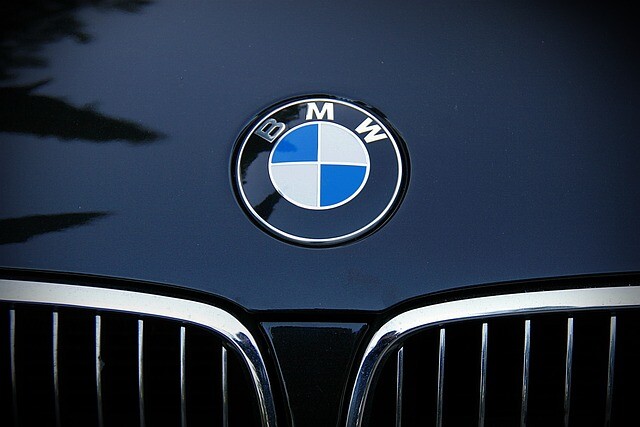GM is developing another leadership support system
The next-generation version of the Super Cruise currently in use will be available for the first time in Cadillac cars launching after 2023. Ultra Cruise is promised to be able to handle 95 percent of traffic situations without human intervention, yet it is far from complete self-driving.

The system, announced in 2020, is characterized by the carmaker as providing door-to-door driving assistance on U.S. and Canadian roads. What is new is that it is not only operating on previously monitored roads, but also plans to expand the road network that can be used with the service - first to 3.2 million kilometers and then to over 5.4 million kilometers.
This would be a big improvement over the previous version, which offers similar services on just over 300,000 miles of North American and nearly as many Chinese highways.
As a result of the development, the system recognizes and responds to permanent traffic monitoring systems, provides information to the driver via a dynamic display, tracks navigation routes and speed limits. Whether in automatic mode or changing lanes, it can turn left or right, avoid objects in its path, and park at the owner's driveway.
The in-house-developed Ultra Cruise, according to General Motors, is not bidding for its predecessor, but will be positioned as a premium version, especially in the more expensive models. As a sensor, the system uses a 360-degree camera system, radar and LIDAR sensors to detect the vehicle's surroundings in 3D.
The second level of autonomous leadership is also called the partially automated or semi-autonomous level. One or more driver assistance systems will then be activated in one or more driving modes, but the driver must be able to regain control at any time.
However, the new development is still not suitable for the driver to wander off or even fall asleep behind the wheel. The Ultra Cruise, which provides two-level self-driving, has difficulty coping with complex intersections and certain situations, and, like its predecessor, simply shuts down if the driver does not respond to a “request for help”. For safety reasons, a monitor constantly monitors the gaze behind the wheel, writes iotzona.hu.
(Source: autokalauz.co.hu; iotzona.hu | Image: pixabay.com)
